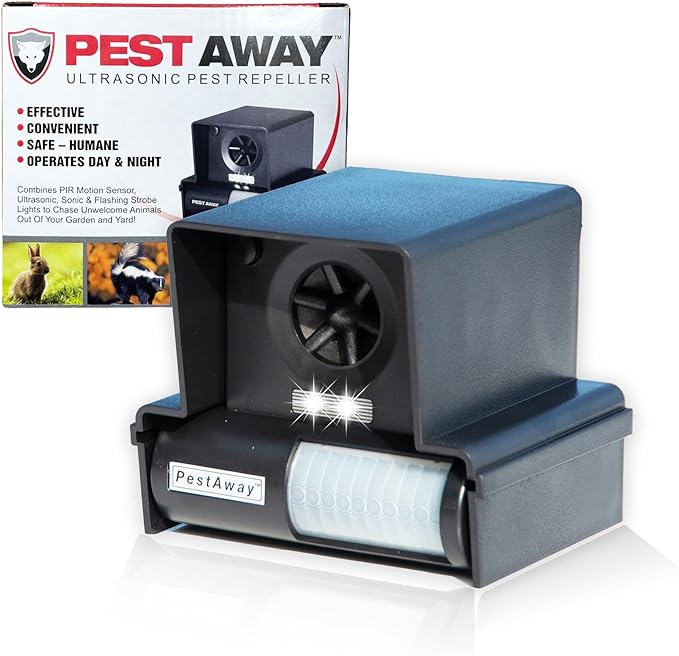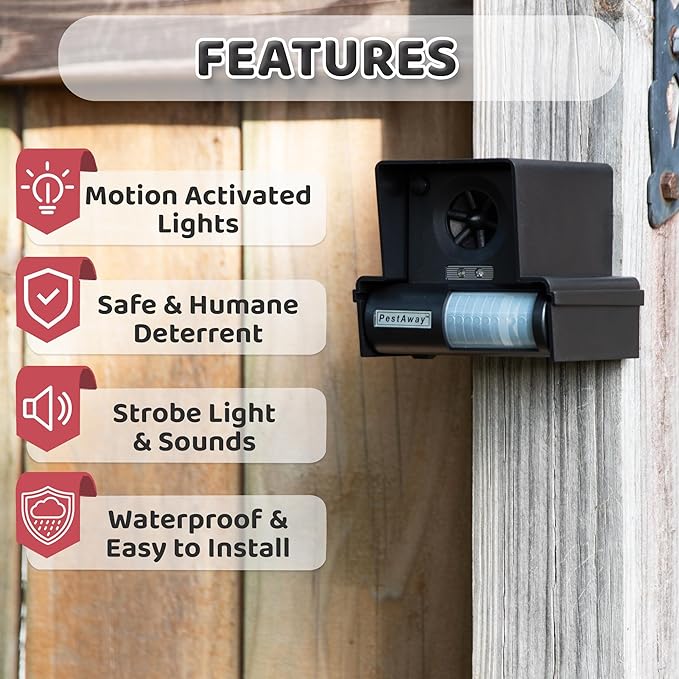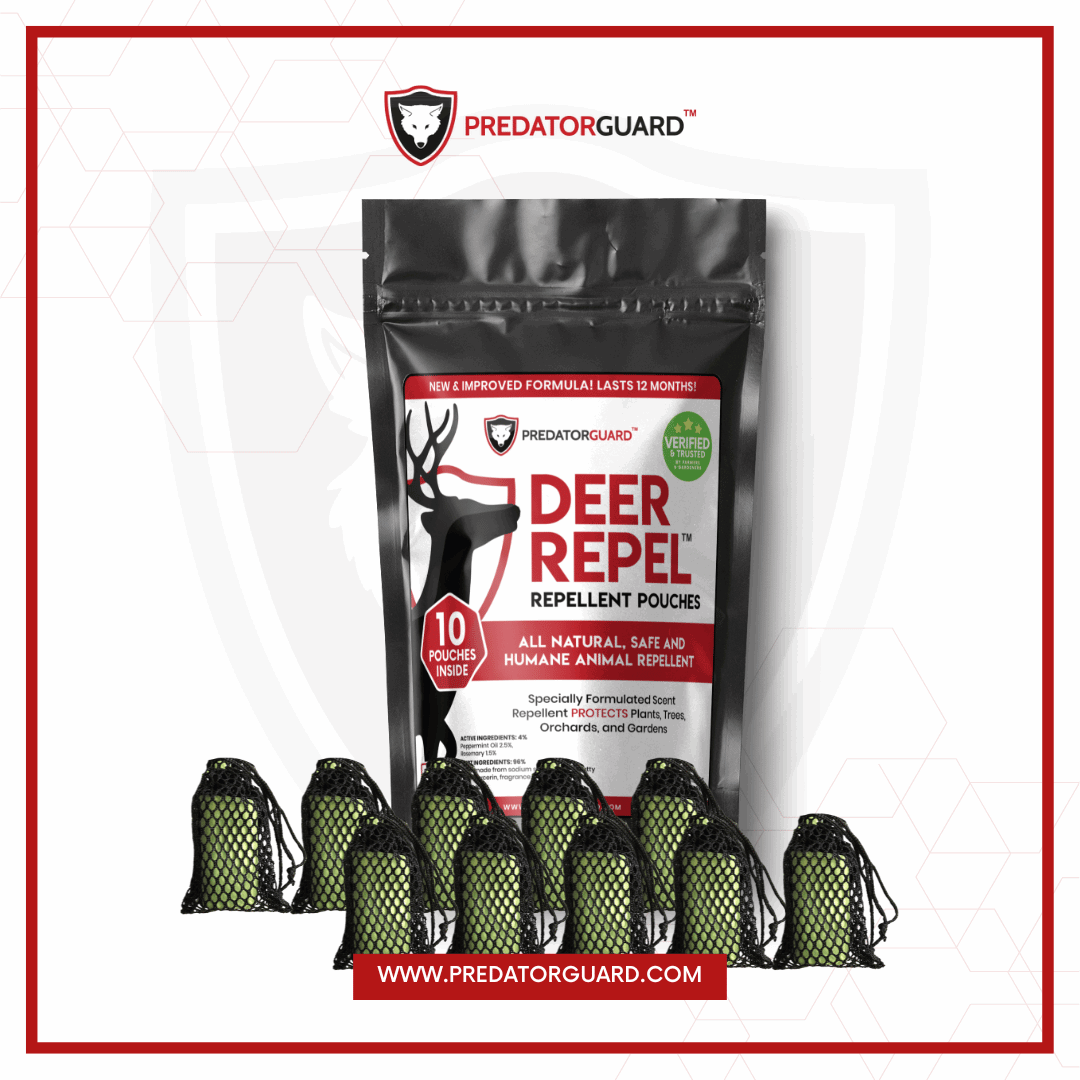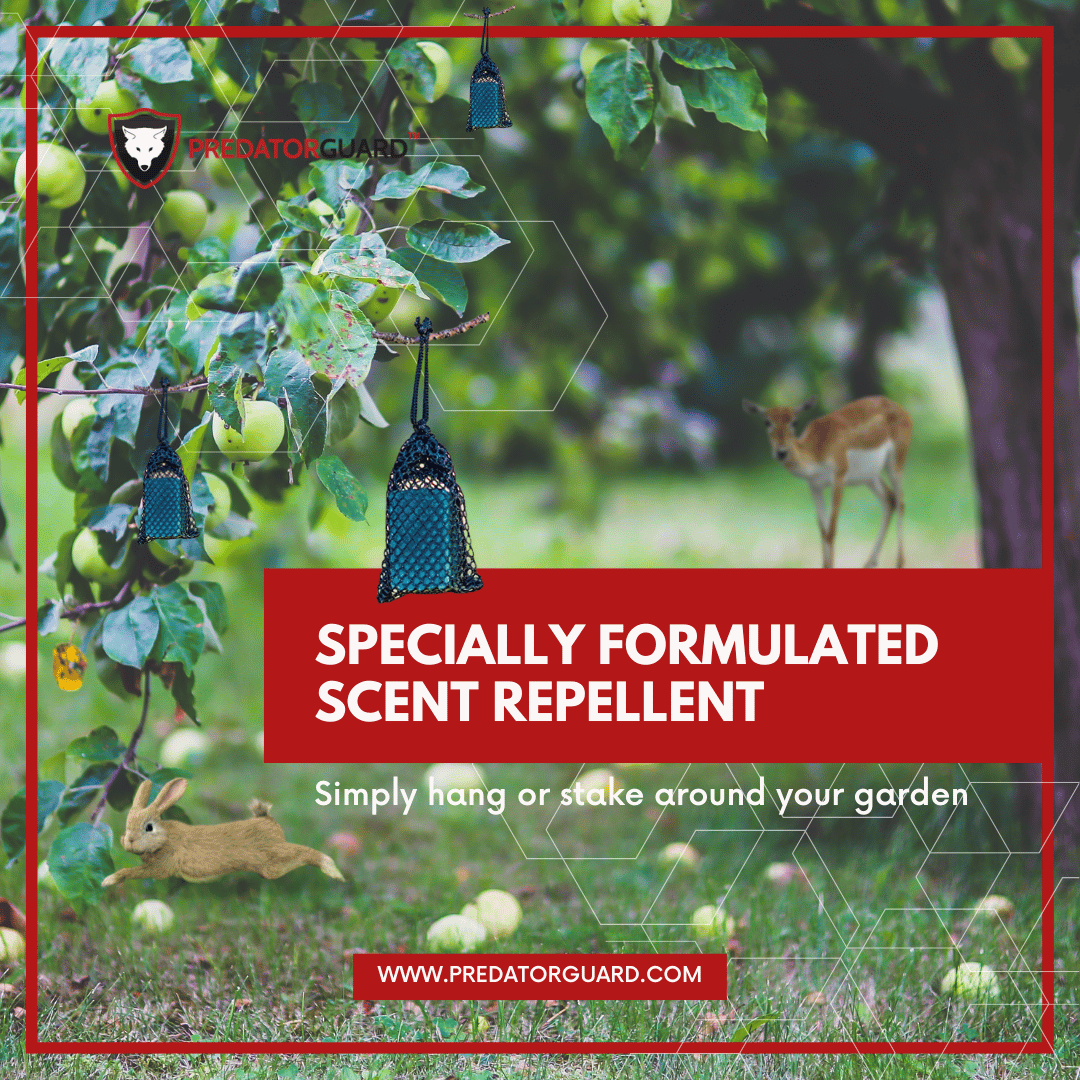
Deer
Deer is nocturnal but may be active at any time. In areas where they’ve become accustomed to humans, you may spot them browsing in your garden, even mid-afternoon.
Predator Advice
How To Get Rid of Deers
Have a taste for a wide range of garden and landscape plants. A few skittish deer are a gentle nuisance; in areas with high deer populations, they can be the worst garden pest you’ll ever encounter.
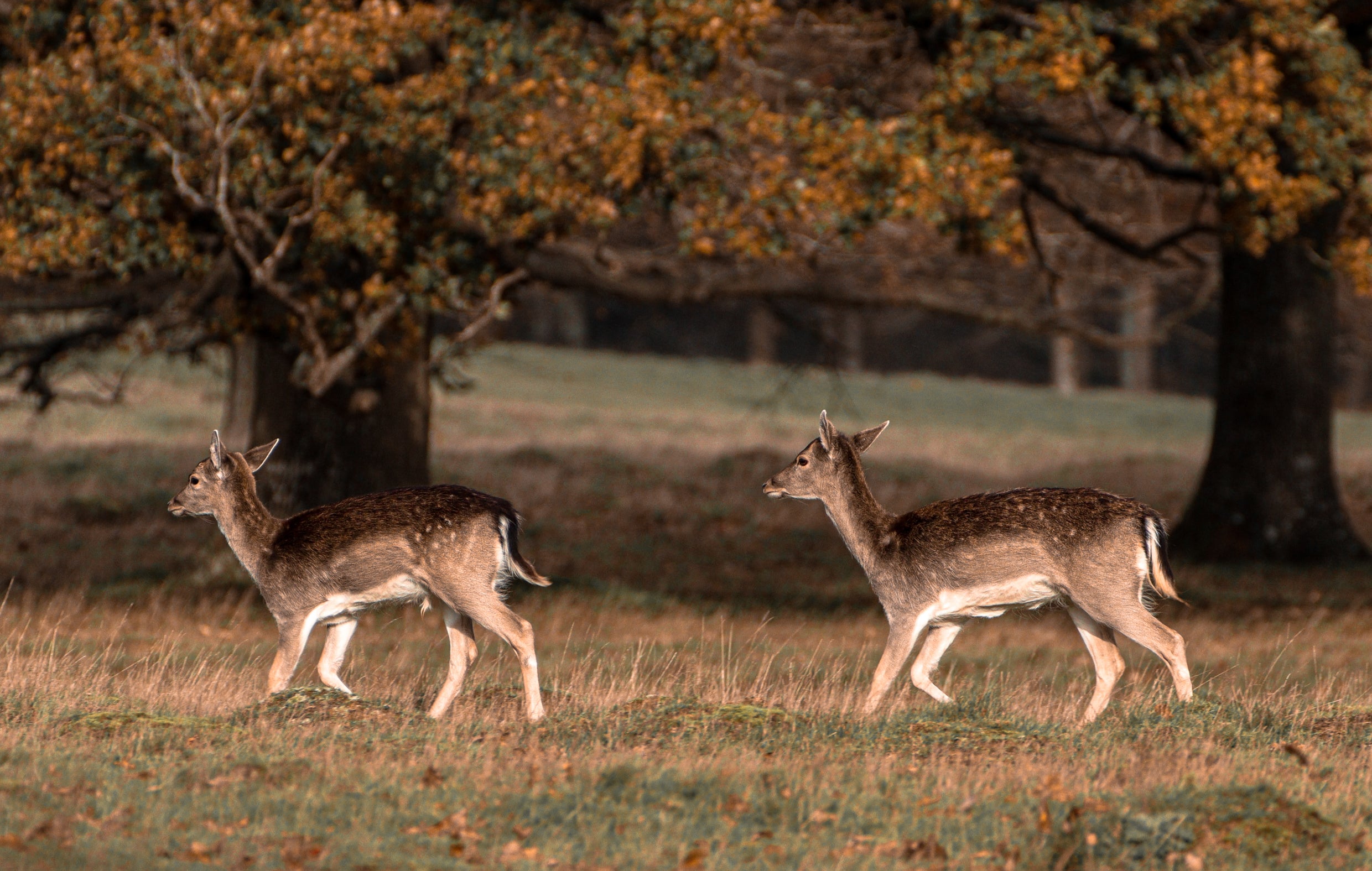
How To
Dear of Deers!
Deers are nocturnal but may be active at any time. In areas where they’ve become accustomed to humans, you may spot them browsing in your garden even in the middle of the afternoon.
Guides & FAQs
If deer are damaging just a few select trees or shrubs, encircle the plants with 4 foot high cages made from galvanized hardware cloth and positioned several feet away from the plants.
For minor deer-damage problems, repellents can be effective, but eventually the deer will probably grow accustomed to a single repellent and begin browsing again. Using multiple repellents and deterrents can increase your chances for success. You can buy a commercial repellent at a garden center—be sure to ask if a product contains only organic ingredients—or make your own like hanging bars of highly fragrant soap from strings in trees and shrubs or nail each bar to a 4 foot stake and drive the stakes at 15 foot intervals along the perimeter of the area. You can also try using human hair. Ask your hairdresser to save hair for you to collect each week. Put a handful of hair in a net or mesh bag—you can use squares of cheesecloth to make bags—and hang bags 3 feet above the ground and 3 feet apart. Farmers and foresters repel deer by spraying trees or crops with an egg-water mixture. Mix 5 eggs with 5 quarts of water for enough solution to treat ¼ acre. Spray plants thoroughly. You may need to repeat this application after a rain.
Deer Repel, Long lasting formula protects your plants, flowers, trees and vegetables from deer and rabbit invasion
Predator Guard Solar LED Deterrent Lights are used by many property owners to repel deer at night. These flashing lights mimic the presence of a predator's eye's in the darkness and keep deer away.
For deer active during daylight hours Predator Guard Scare Tape creates a visual and noise deterrent that deer do not like to be near.
If you live in an area where deer have become tame and none of the items above will assist, building a deer-proof fence will be the most reliable way to keep deer out of a large garden or an entire home landscape. Some fence types are quite costly, especially if you have it installed by a professional. However, there are several options to choose from when deciding on a deer fence. Conventional wire-mesh fences should be 8 feet high for best protection. A second, inner fence about 3 feet high will increase effectiveness because double obstacles confuse deer. Slanted fences constructed with electrified wire are an excellent deer barrier. Installing this type of fence is a job for a professional. Deer are not likely to jump a high, solid fence, such as one made of stone or wood. Polypropylene (plastic) mesh deer fencing is costly, but easier to install on your own than an electric fence. For small gardens, up to 40 feet by 60 feet, a shorter enclosure made of snow fencing or woven-wire fencing may be effective, because deer don’t like to jump into a confined space.
If fencing your yard is beyond your budget and repellents aren’t doing the trick, you could try revamping your landscape with plants that deer don’t like to eat. Over time remove the plants that deer have damaged so badly that they’ve lost their attractiveness or never flower. Replace them with shrubs, vines, and perennials with a reputation for being deer-proof. There’s no hard-and-fast list and it’s possible that the deer in one region may dislike plants that are quite palatable to deer in another.
Recommended Products
Our Top Picks
Blog posts

A quick and easy line of defense against common predators

This can repel nocturnal pests and predators

6 Pest Control Products You Can Find on Amazon
Contact us
Call Us:
800-537-4182
E-Mail Us:
support@predatorguard.com


